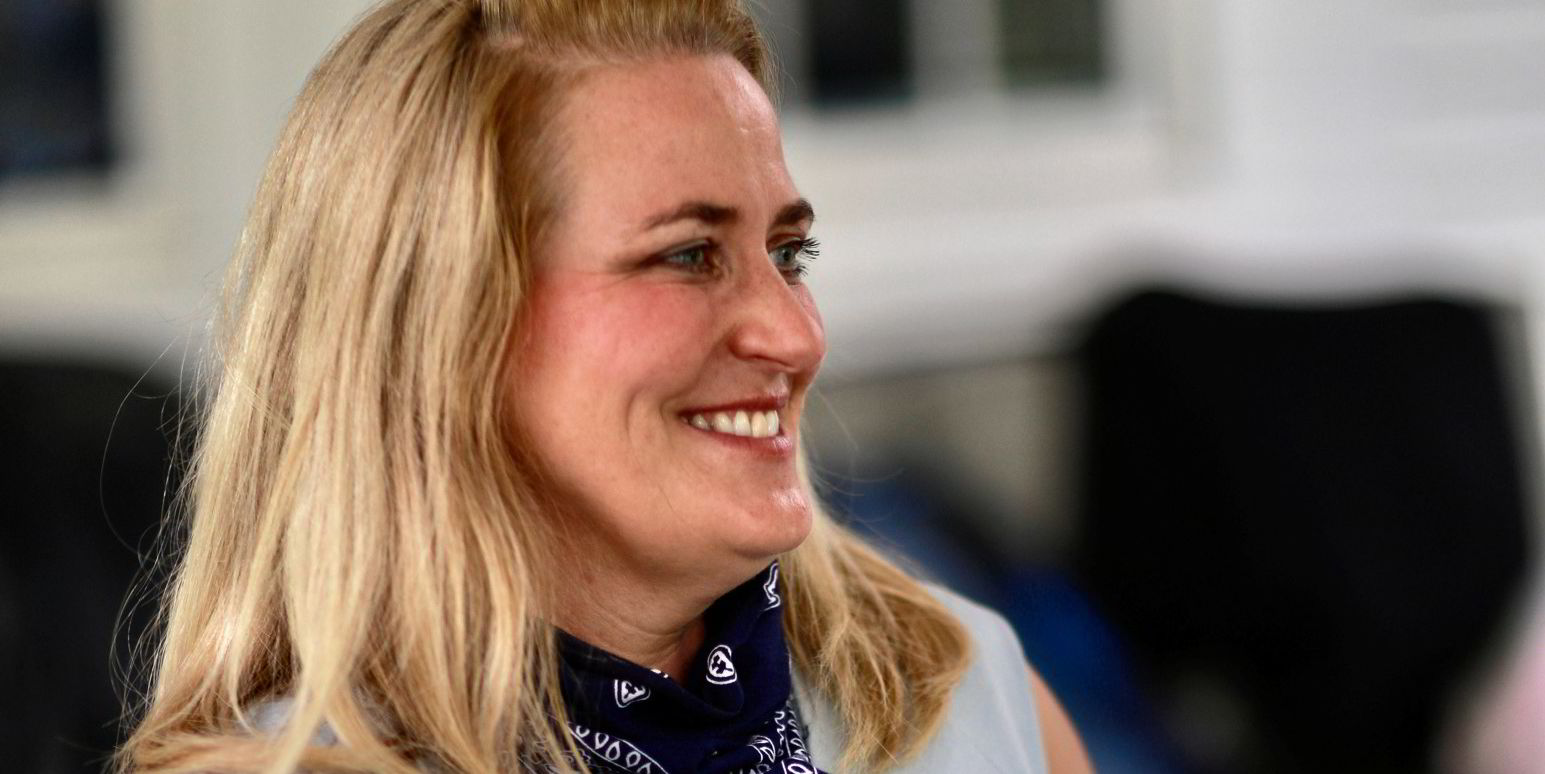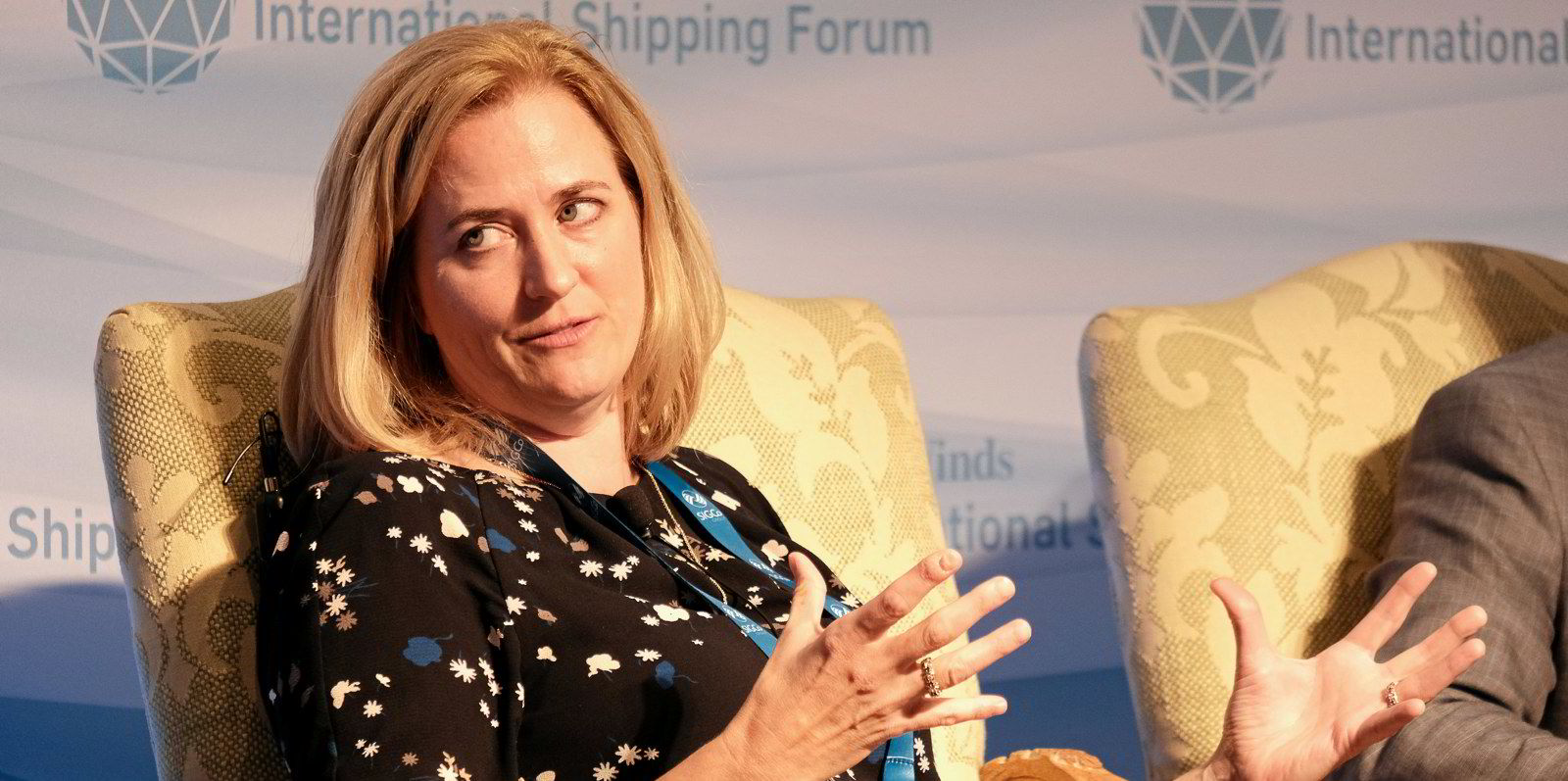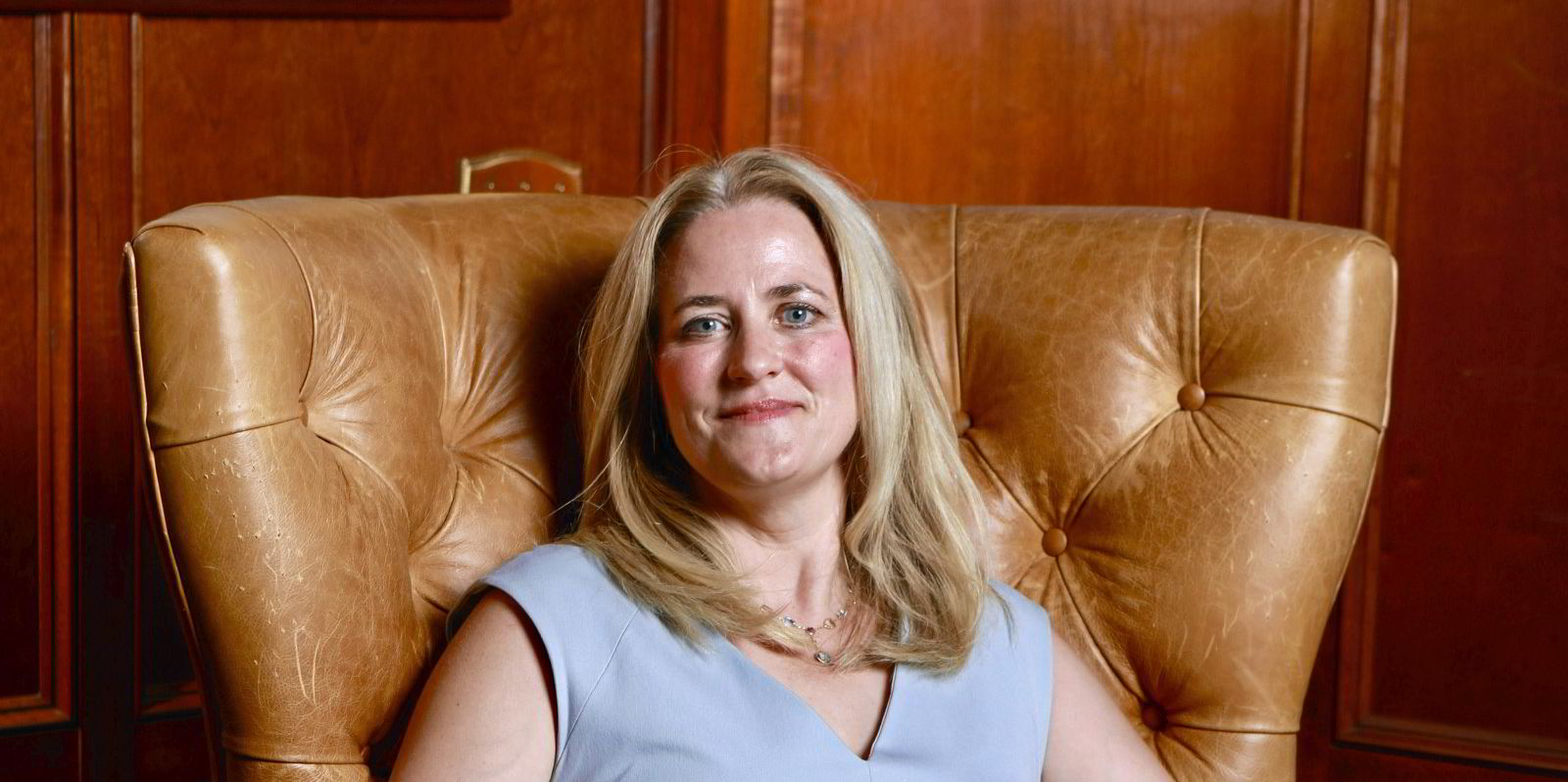New York-listed diversified tanker owner International Seaways fell to a $13.4m loss on rates weakness that is dragging into the current quarter.
But the numbers could have been worse without exhaust gas scrubbers on its VLCCs.
Nonetheless, Seaways' first-quarter loss of $0.48 per share is significantly better than the $0.77 deficit expected for the period by the Wall Street analyst consensus.
The result reversed a profit of $33m or $1.12 per share recorded in the first three months of 2020. Revenue plunged to $45.2m from $119.7m.
Lois Zabrocky-led Seaways retains ample liquidity at $212.4m, with $172.4m in cash and $40m in a revolving credit facility. But the position fell from $255.7m at the end of 2020, reflecting the drain on cash.
Seaways' net loan to value of 33% remains one of the lowest in the tanker sector, noted chief financial officer Jeffrey Pribor in the earnings statement.
"We entered 2021 with an all-time high cash position, which provided Seaways with a strong foundation for taking advantage of attractive strategic opportunities," he said.
"Our success building a strong balance sheet continues to serve us well, and we remain committed to paying a quarterly dividend, while opportunistically executing on our share repurchase programme."
Seaways' VLCCs earned an average spot time-charter equivalent (TCE) rate of $15,700 per day for the quarter, which was better than Belgian counterpart Euronav's $14,000 per day. The two shipowners are partners in the Tankers International pool for VLCC tonnage.
Unlike Euronav, Seaways has scrubbers on most of its 11 VLCCs. Ships with scrubbers earned $17,110 per day, compared to $11,200 per day for vessels without the exhaust gas cleaning systems.
Zabrocky was asked about the differential in Seaways' earnings call on Thursday.
"Shipping never does exactly what you'd think, and the original differentials were narrower," she said. "But, for the past four or five months, they've been close to $100 a tonne — and the differential has been $5,000 or $6,000 a day.
"The outperformance is just where we need it most at this point in the cycle."
VLCCs on time charter earned $47,400 per day, bring the overall TCE for the big tankers to $21,100 per day.
Still, this was well down on the VLCC spot TCE rate of $64,000 per day earned in the first quarter of 2020.
Seaways has earned a spot rate of $15,200 per day on VLCCs in the current quarter with 63% of days fixed. Again, this is better than Euronav's $10,000 per day spot rate with 48% of days booked in the quarter.
The panamax and LR1 fleet earned a spot rate of $14,200 per day against $42,000 per day a year ago, but improved to $21,000 per day in the current quarter with 49% of days booked.
Amid the tough quarter, Zabrocky focused on Seaways' headline accomplishments during the first three months of 2021, which included the announcement of an all-stock acquisition of Connecticut tanker owner Diamond S Shipping and a newbuilding order for three dual-fuel VLCCs backed by time charters from Shell.
As TradeWinds reported on Wednesday, Seaways has a clause in the merger agreement allowing it to pay a special dividend of up to $25m in the event it chooses to sell its 50:50 stake with Euronav in two floating storage offshore (FSO) units serving Qatar.
The provision appeared to hint a sale could be imminent, but Zabrocky remained coy when quizzed by analysts on the call.
"We continue to work very closely with our JV [joint-venture] partner, Euronav," she said. "It's a very positive discussion with them. We continue to look at opportunities to monetise the FSOs. But we're not in any particular rush."








